Just 6 kilometers from Svrljig with rich cultural and historical heritage and relief, is one of the most beautiful gorges in eastern Serbia – Niševac Gorge. With a length of 1.5 kilometers, it is an integral part of the 15 km long Svrljig Gorge, which, with its curved meanders and beauty, pairs with the most beautiful parts of our country. Carved into the calcium carbonate rocks of Mesozoic age, it represented a lake in the Neogene. It has layers of zoogenic calcium carbonate rich in fossil remains from the Neogene period. Because of its perfect natural predisposition, the gorge has always been inhabited by humans. In the gorge were found traces of Thracian civilization from the Neolithic period, namely the Timahi tribe, which inhabited these areas and by which the river Timok itself was named.
During the Romans, the first cliff was erected on vertical cliffs, which was used to control one of the most important Roman roads during that period. The route led from the mouth of the Drima into the Adriatic Sea (Lissus) to Archar (Ratiaria), an important Roman river port on the Danube (present-day Bulgaria). The fort was also used to protect the Roman city of Timacum Maius, which was located between present-day settlements Niševac and Svrljig, along the Niševac Gorge. In the medieval period, the Niševac Gorge was the center of literacy and spirituality of the entire region, and the fortress and civilian settlement itself, which was located on the northern side of the fort near the present-day village of Varos, is called Svrljig.
During the rule of the Turks, the entire area around the town of Svrljig was known as the Svrljiška Spa. The sources of thermomineral waters probably disappeared during the great earthquakes that shook the region in the eighteenth century. An important fact is that at the beginning of the 20th century, the construction of a railway began, which today connects the regional center of eastern Serbia – Nis with the pier in Prahovo, on the Danube. The narrow gauge railway began to be built in 1907 and was commissioned in 1915, while the wide gauge railway began operating on 15
August 1922. Following this event, the press then called the move of the entire Svrljiska Gorge “our Switzerland”.
Today, the Nišava Gorge is not on the tourist map of Serbia as much as it deserves, but only because of that it remains unchanged, intact and preserves the primordial beauty that has always attracted people.



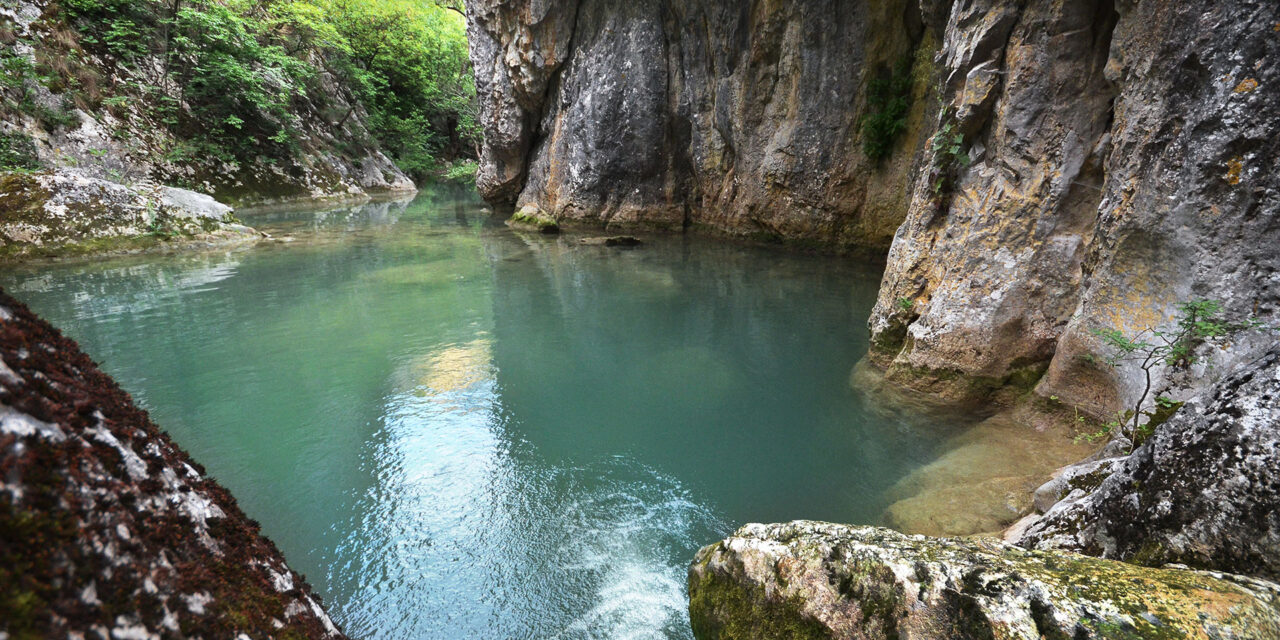
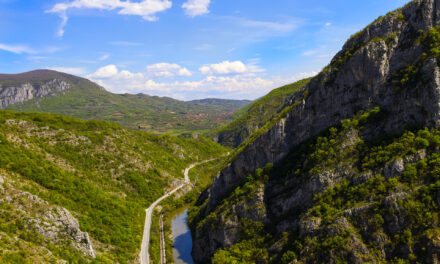

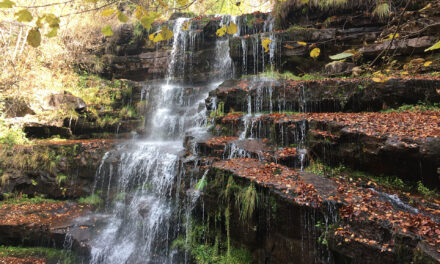
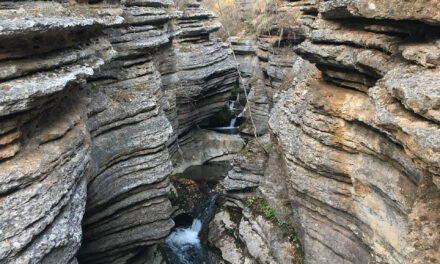

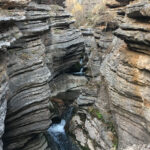
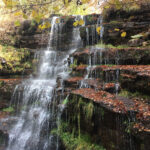

Recent Comments